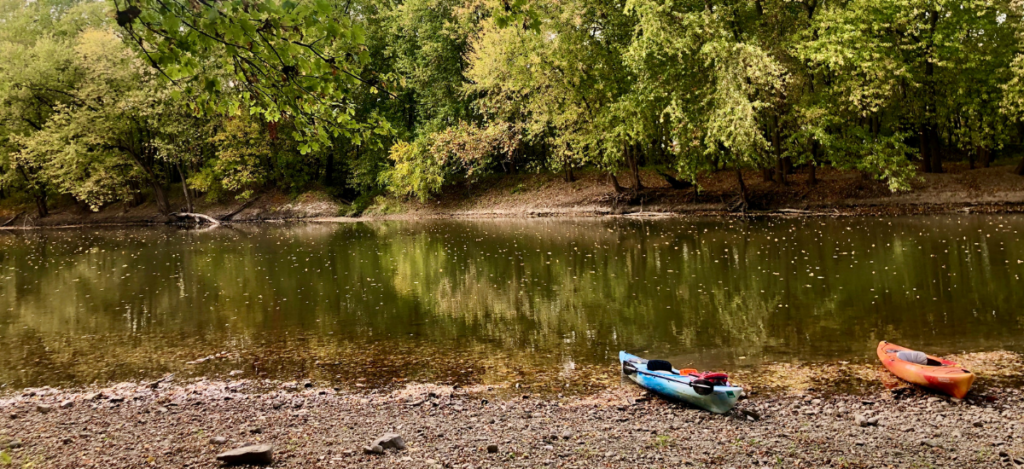This approach is to bring innovative solutions to the most intensely drained land in the state. With goals of profitability and sustainability, the ISACD uses strategic funding and in-field practices to improve water quality, reduce flood risk, manage greenhouse gas emissions, and protect source water.
- Residential
- Central Iowa, Northeast Iowa, Northwest Iowa
- All Counties
- Environmental Health, Funding








